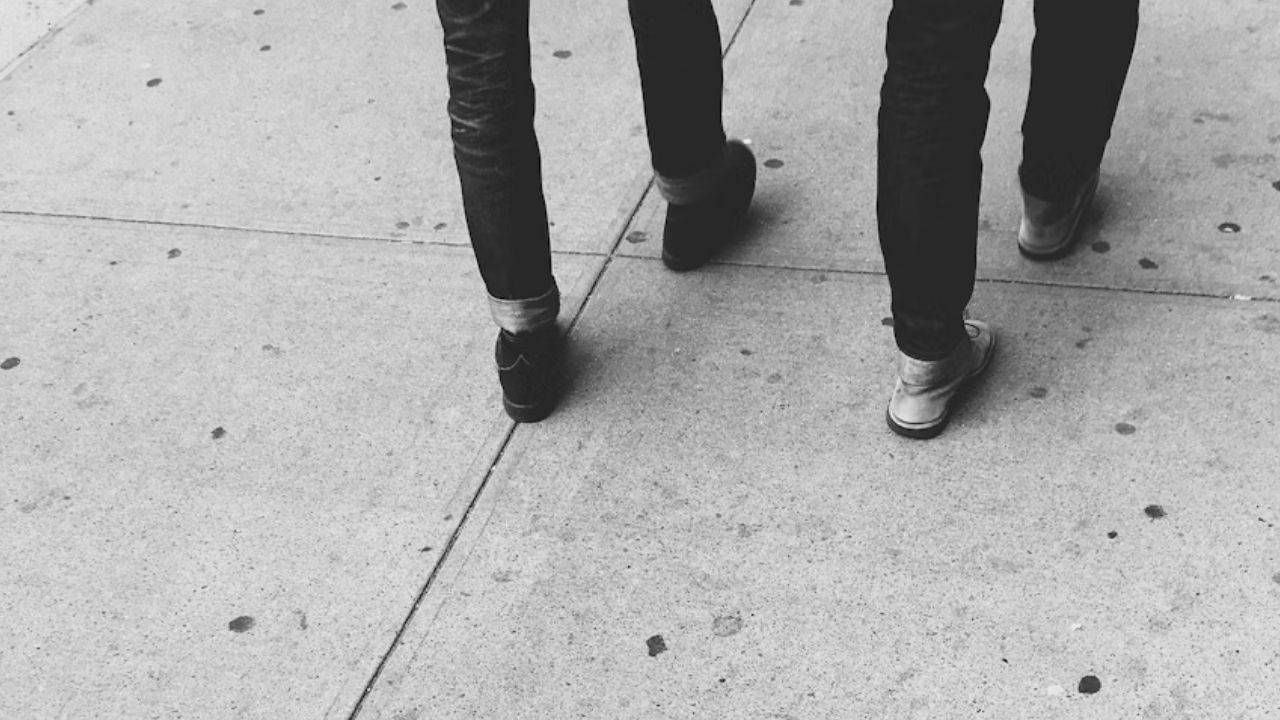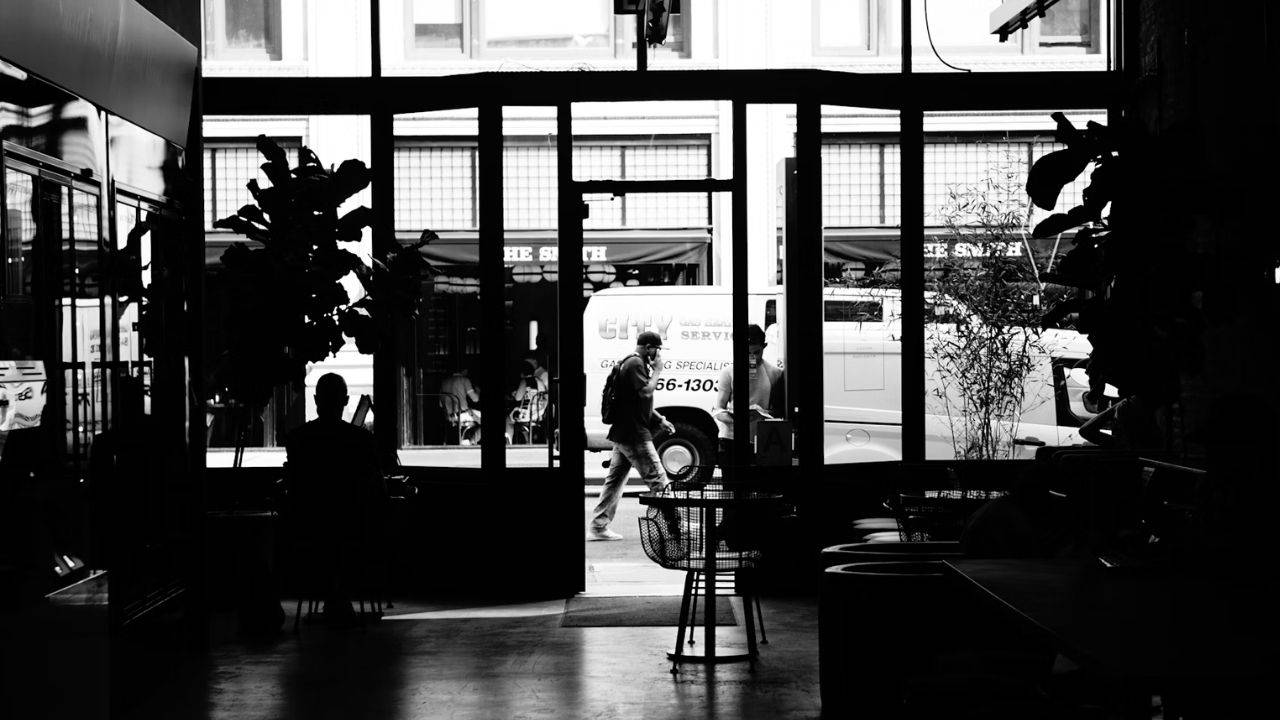As pedestrians, we have started walking much faster in 30 years.

The number of people lingering in public spaces has decreased by 14 percent, according to the study, which found that pedestrian walking speeds have increased by 15 percent since the 1980s.
The research article was published in the Proceedings of the National Academy of Sciences with the title "Exploring the social life of urban spaces with artificial intelligence."
This study, based on three cities in the northeastern United States, utilized artificial intelligence. The study, conducted by MIT researchers, included Boston, New York, and Philadelphia. It included both old and new footage from the 1980s to 2010s. These images were compared using machine learning.
When comparing the old and new periods, it was determined that the speed of pedestrians increased significantly.

"Things have changed over the last 40 years," says MIT professor Carlo Ratti, a co-author of the new study. "Like how people meet in public and how fast they walk. What we're seeing here is that public spaces are functioning in slightly different ways; they're functioning more as a passageway and less as a place of encounter."
The results can help designers create new public spaces or modify existing ones, and provide insights for urban planning.
The research, dating back to the early days, is based on renowned urban planner William Whyte's 1956 book The Organization Man, which examined the apparent effects of a corporate culture of conformity in the United States. The footage, taken from 1978 to 1980, was archived by the Public Spaces Project, a Brooklyn-based nonprofit organization, and later digitized by the research team.
Whyte's recordings were made in four locations in three cities: Boston's Downtown Crossing, the Bryant Park and MET (Metropolitan Museum of Art) steps in New York, and Philadelphia's Chestnut Street, a famous meeting place and observation deck.
The new aspect of the study was that the same areas were visited in 2010 and new images were taken at the same times.
People's walking habits have changed since the 1980s.The team that conducted the study used artificial intelligence models to analyze, measure, and summarize the activities and changes in the videos.
The proportion of people walking alone was 67 percent in the 1980s, rising to 68 percent in 2010. The proportion of individuals entering public spaces and becoming part of a group has decreased, from 5.5 percent to 2 percent.

The research also revealed that people's walking habits have changed significantly between the 1980s and 2010s. With the rise of smartphones and other technological devices, people's interactions with each other on the road have decreased.
It's also noted that the way people meet and socialize outdoors has changed. This is largely due to the increasing number of coffee chains, which offer much cooler environments, leading people to prefer to meet indoors more frequently. In the 1980s, such coffee chains weren't common in the cities and regions studied. Consequently, people preferred iconic meeting places and socialized in the surrounding areas.
Cumhuriyet





